
Huli Jing The Fox Spirit by Max Kostin r/ImaginaryMonsterGirls
In Chinese mythology, Huli jing (Chinese: 狐狸精) are fox spirits that can be either good or bad. Contents 1 Etymology 2 Description 3 Powers 4 Weaknesses 5 6 7.1 Daji 7.2 Tamamo-no-Mae 7.3 Kuzunoha 8 Function 9 See also 10 References Etymology In Chinese, huli means fox, and jing ,spirit.
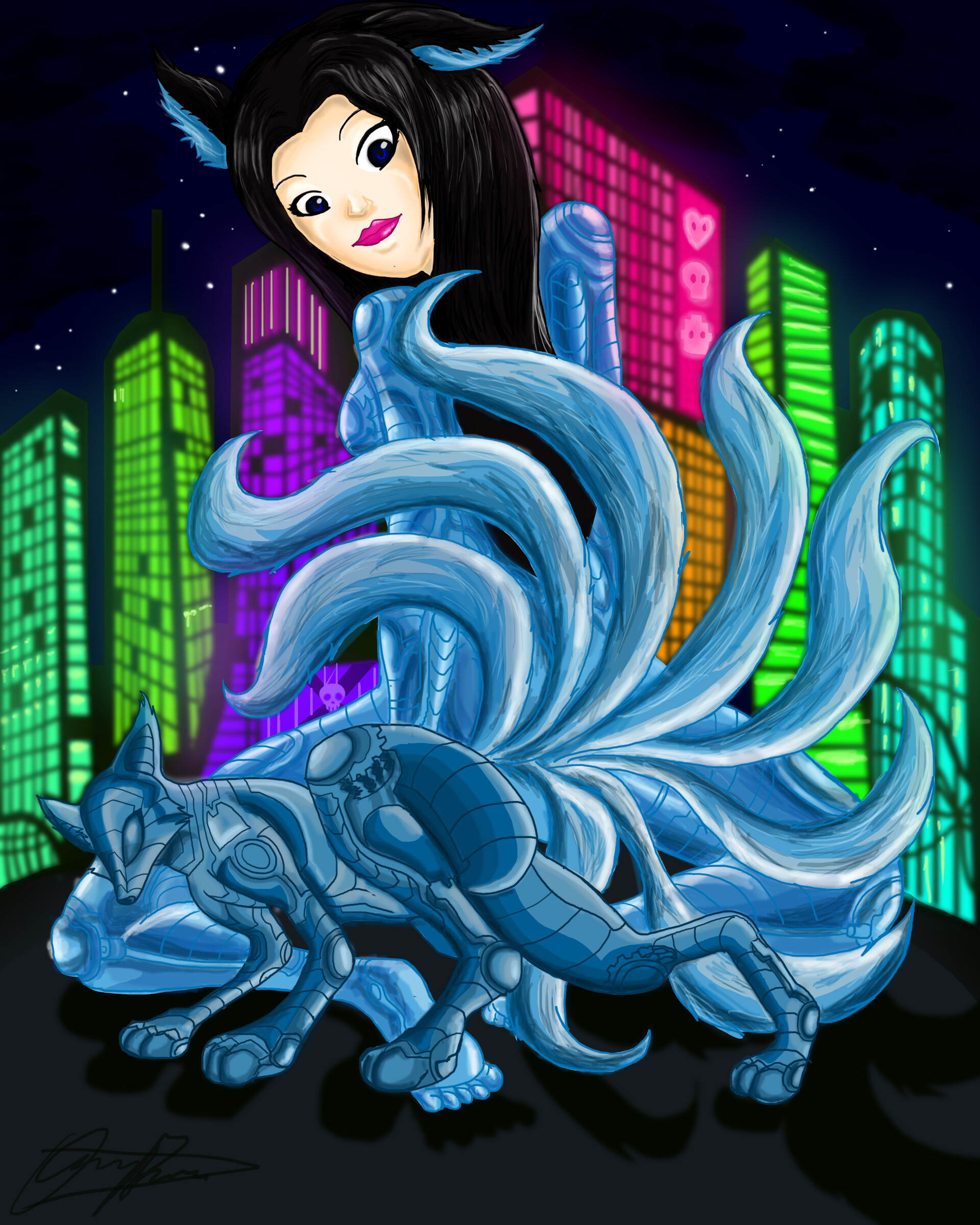
ArtStation Hulijing Fanart
Kumiho spirits in Korean mythology are fascinating and incredibly dangerous. They are also often confused with the Japanese Kitsune nine-tailed foxes and the Chinese Huli Jing nine-tailed foxes.The three are quite different, and the Kumiho are unique to their cousins in a lot of ways.

Huli jing Alchetron, The Free Social Encyclopedia
Huli Jing or Fox Spirit, recorded later in history, is a fox that obtained magic power, mainly can convert to or possess human beings and come into the secular world. Huli Jing or Fox Spirit can be good or bad, based on one's characteristics and practice methods. A Fox Spirit from TV Show "Legend of Nine Tails Fox".

Bestiarium on Tumblr
1. Chinese fox spirit, Huli jing Overall in Chinese mythology, all things are capable of acquiring human forms, magical powers and immortality. The ideas of species being able to transform, especially from non-human to human, started during the Han Dynasty. Since then, the idea of the fox being able to form itself into human started to take shape.
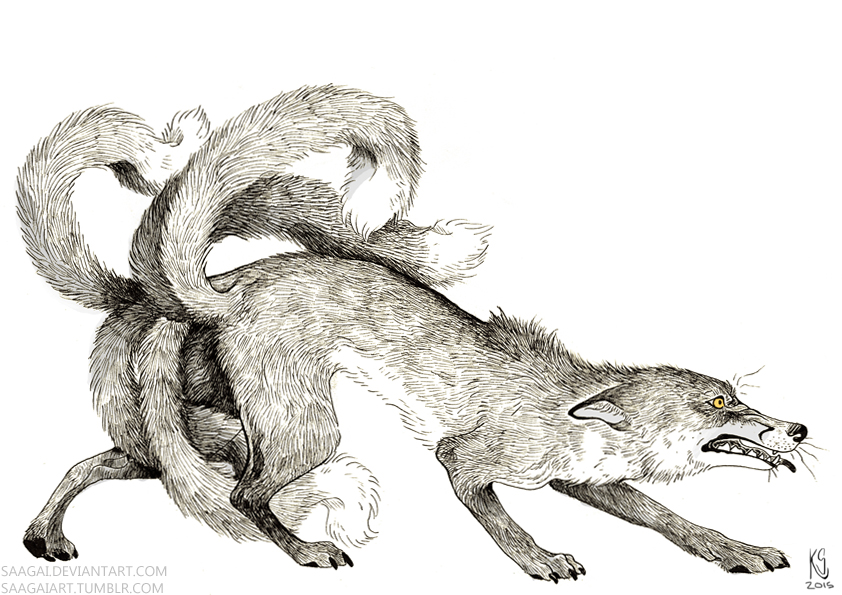
Huli Jing by Saagai on DeviantArt
June 3, 2022 Table of Contents East Asia is home to several different myths of nine-tailed foxes such as the Japanese Kitsune or the Korean Kumiho. However, it's the Chinese Huli Jing that's likely the origin of this unique mystical spirit.
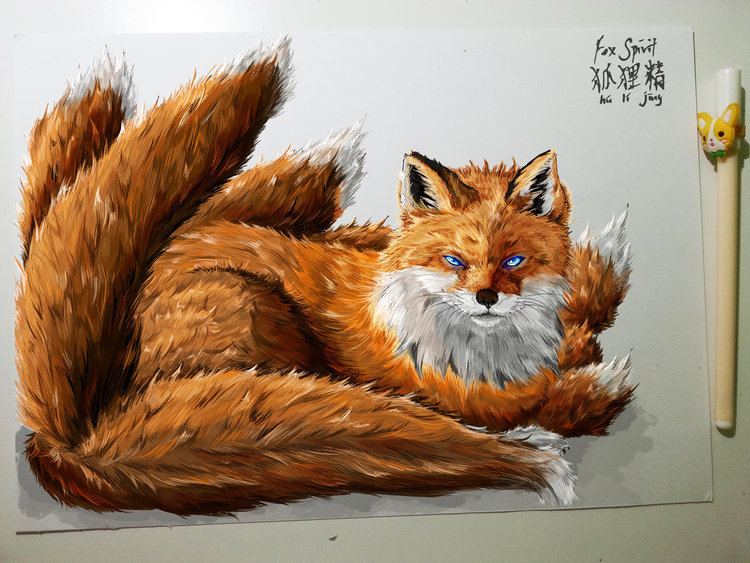
Huli jing Alchetron, The Free Social Encyclopedia
Chinese Huli Jing, also known as fox spirits, are fascinating mythological creatures in Chinese culture. They possess the ability to shape-shift and can either be benevolent or malevolent. These extraordinary beings are referred to by various terms such as Huli Jing, Nine Tailed Fox, Fox Spirit, Fox God, and Fox Demon.

Inktober 2019 Day 26 Dark Huli Jing Inktober, Huli, Chinese mythology
Perhaps the most well-known huli jing is the historical Daji, consort of King Zhou and blamed for the fall of the Shang dynasty. It seems that they either have a common origin or are greatly influenced by each other.
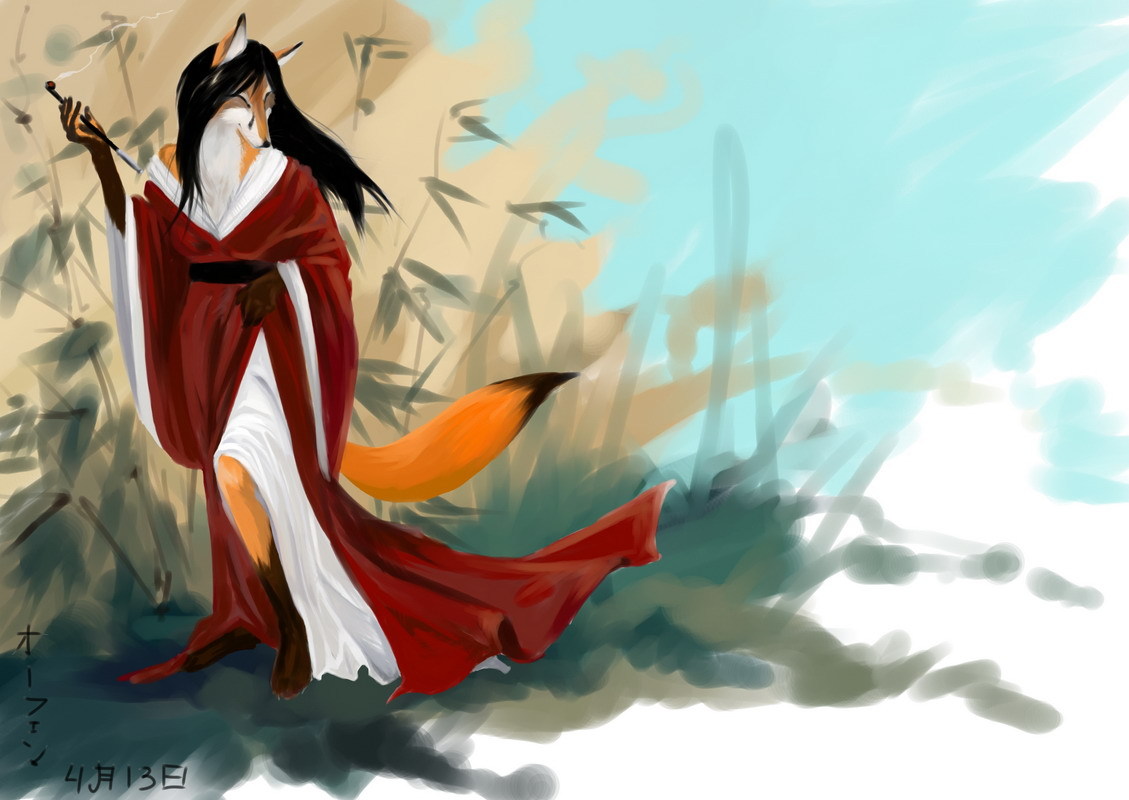
Kitsune / Huli jing / Kumiho Mostly found in... Things That Go Bump
Huli jing, Fox spirits. Fox spirits were generally female spirits and often depicted as young and beautiful girls. Fox spirits can be compared to European fairies. They can be both evil and good.. In Chinese mythology, Fei Lian is the god of the winds that keep locked in a leather bag, like Aeolus, the Greek god of the wind. It is depicted.
The Japanese kitsune (Korean kumiho, Chinese huli jing) is a shapeshifting fox
The Divine and Seductive Trickster: Huli Jing in Chinese Mythology Within Chinese mythology, the fox is one of five spiritual animal species. It shares this honor with the weasel, the porcupine, the snake and the mouse.
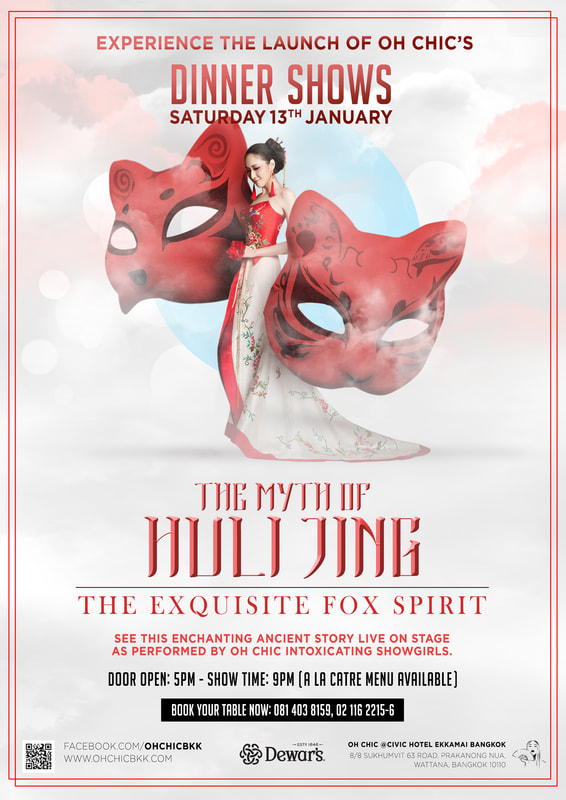
The Myth of Huli Jing, The Exquisite Fox Spirit at Oh Chic The BigChilli
Fantasy A huli jing (Chinese: 狐狸精; pinyin: húli jīng) is a fox spirit from Chinese mythology. Huli jing are akin to European fairies and can be either good or bad spirits. In modern Mandarin and Cantonese profanity, the term "huli jing" describes a woman who seduces married/romantically-involved men. In.

Pin on Tattoo Ideas
Illustration of a Fox Spirit from the Chinese encyclopedia Gujin Tushu Jicheng. The nine-tailed fox ( Chinese: 九尾狐; pinyin: jiǔwěihú) is a mythical fox entity originating from Chinese mythology that is a common motif in East Asian mythology and the most famous fox spirit in Chinese culture. In Chinese and East Asian folklore, foxes are.

Lilla Bölecz Illustration on Instagram “Huli jing is a fox spirit in Chinese mythology. They
Next Post: The 1st Book of Enoch. Video DescriptionIn today's video, we take a look at the Huli Jing - The Fox Spirits and Demons Of China, also known as Kitsune or Nogitsune in Japanese Mythology, and as Kumiho in Korean Mythology.
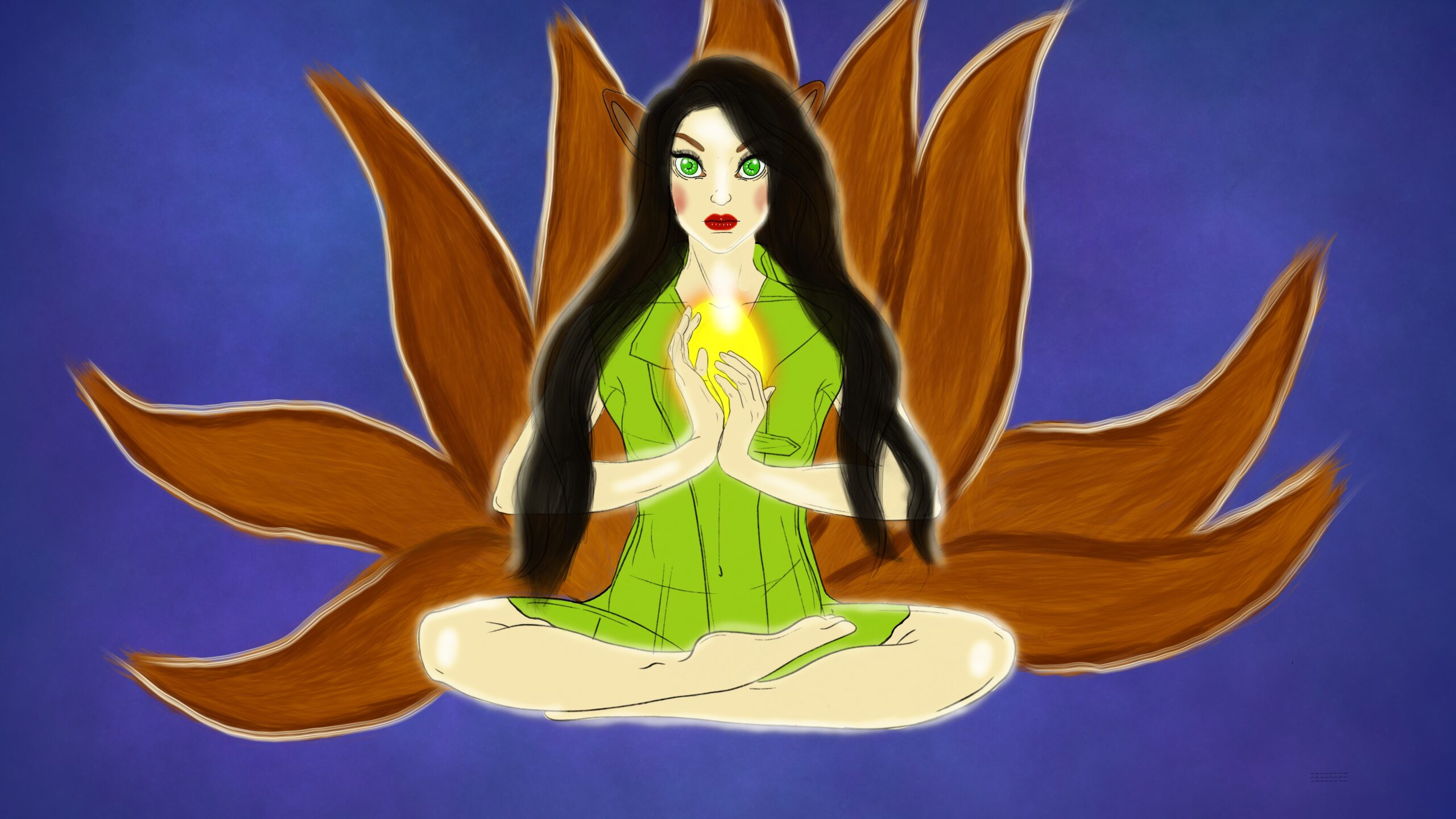
Chinese Mythology Mythology Folklore AZ
I read in wikipedia and some mythology sites about the fox spirit that came from India but surprisingly they never mentioned any story in an Indian version. I can only find stories from China - Daji, Japan - Kitsune, Korea - Kumiho. So don't assume the Chinese Huli jing and the japanese kitsune are strictly speaking the same creature. The.

Pin on Chinese Inspired Artwork by Black UniGryphon
How do the Kitsune, Gumiho, and Huli Jing differ? Differences between the folklore of Asian fox spirits.Kitsune stories: https://www.youtube.com/watch?v=Xl6e.
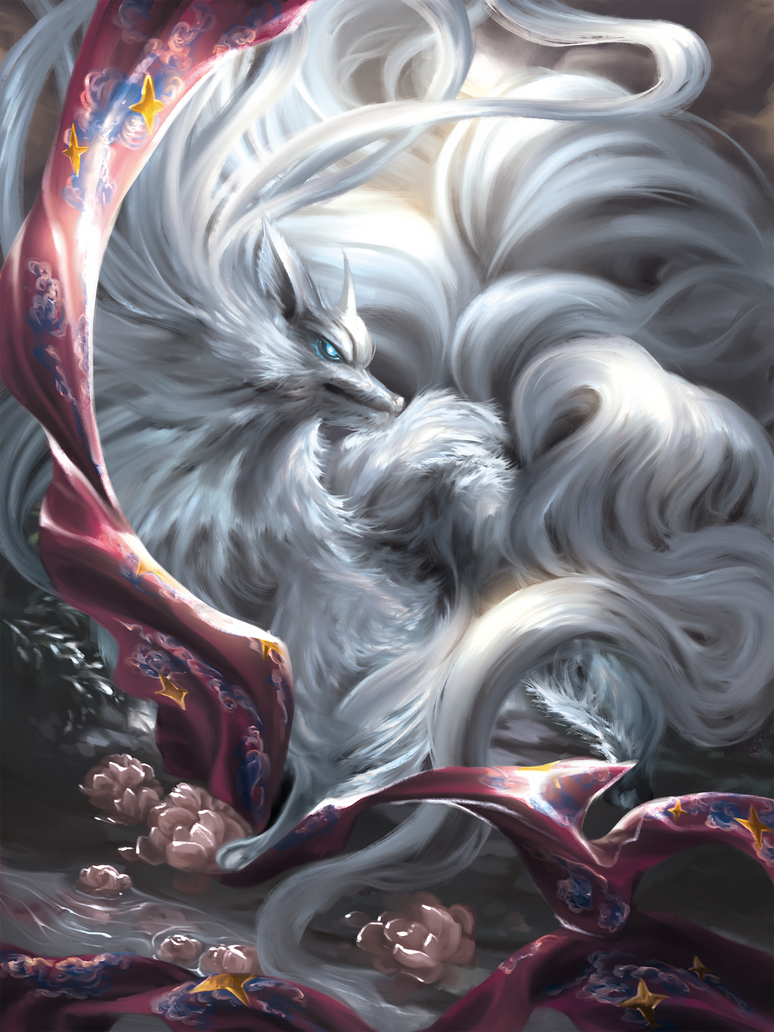
Huli Jing by YunaXD on DeviantArt
Chinese mythology features a fox spirit known as a huli jing (Chinese: ; pinyin: hli jng). Like fairies in Europe, huli jing are spirits that can either be good or bad. The term "huli jing" is slang for a woman who seduces married or romantically involved men in modern Mandarin and Cantonese. 1 Hui Jing Are Also Known As Nine-Tailed Fox

What do the Stories Say? — Kitsune,Kumiho, Huli Jing (Fox spirits in Asia)
The Kitsune in Korea - Kumiho and China - Huli Jing In Korea, the Kumiho uses a marble carried in its mouth to steal wisdom from humans, usually through a kiss. In Korea, the fox-spirit could take on human form at the age of 100 years of age and the human shape will always be female.